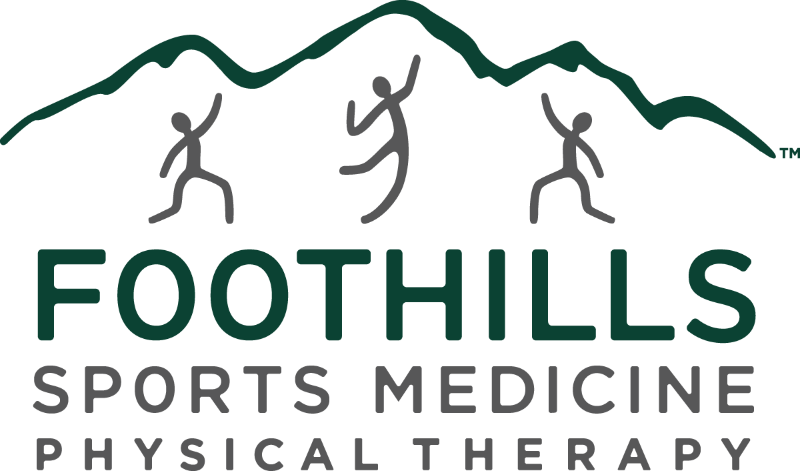Plantar fasciitis, a musculoskeletal pathology of the foot, is one of the most commonly treated causes of heel pain, occurring in 10% of the population over their lifetime. The plantar fascia is a thick band of tissue connecting the heel to the ball of the foot, providing support for the arch. Plantar fasciitis is the inflammation of this band. Common symptoms include pain at the heel and along the arch or at the ball of the foot when weight is placed on it, specifically after long periods of rest.
You may also notice symptoms after prolonged periods of standing, when walking barefoot, or in shoes with poor support. Symptoms tend to decrease as the body warms up, but can become aggravated towards the end of the day. Plantar fasciitis can affect both athletes and non-athletes of all ages who see a sudden increase in activity or increase in body weight.
Physical therapy professionals are trained to evaluate and treat plantar fasciitis in order to help patients return to their favorite activities, free of pain. Patients typically respond well to common rehabilitation approaches such as stretching and strengthening rather than surgery. For patients who report their most severe symptoms with the first few steps in the morning, I often prescribe stretches before they even get out of bed. Upon awakening, the patient can stretch their plantar fascia by placing the towel on the balls of the foot and using each hand on the end of the towel to passively bring the toes towards the leg into dorsiflexion.
I also encourage patients to keep a tennis or lacrosse ball at their bedside to roll on the bottom, or plantar surface, of their feet in a seated position for three minutes. A decrease in calf flexibility is commonly seen in plantar fasciitis due to the gastrocnemius muscle attachment at the heel, so I recommend patients perform a gastrocnemius stretch before taking their first few steps, and throughout the day, focusing on holding the stretch as long as one minute.
Alternative therapies, like trigger point dry needling done in physical therapy, are effective in treating muscular tension and spasms and can help patients find relief from their plantar fasciitis. A therapist will insert a small, solid filament needle into the center of the muscle at the site of the knot, or the myofascial trigger points, to create a local twitch response.
Needling is helpful in decreasing muscle contraction, chemical irritation, and improving flexibility. This can be performed on the gastrocnemius and soleus muscles often responsible for the decrease in calf flexibility. It also can be used by physical therapists to treat neck pain, shoulder pain, knee pain, posterior thigh pain, and low back pain. A combination of trigger point dry needling, stretching, and strengthening produces the most profound treatment of plantar fasciitis.
Plantar fasciitis is caused by more than just inflammation in the foot. As a physical therapist, my main focus is finding the root of my patients’ dysfunction. Tissue restrictions or muscle imbalances can develop in parts of the foot, legs, and hips. These dysfunctions compromise the entire body due to the soft tissue’s inability to move freely. All of the body’s processes need to be addressed in order to fully recover from plantar fasciitis.
If you have questions about plantar fasciitis treatments or would like to speak with a physical therapy expert, please contact your local Foothills Sports Medicine Physical Therapy clinic.
How Physical Therapy Can Rehab Plantar Fasciitis




